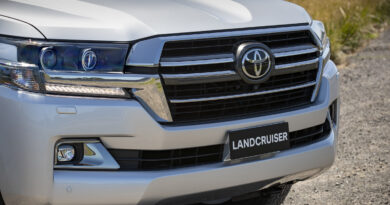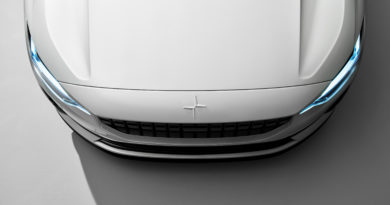Mercedes-Benz A250e to capitalise on PHEV surge
Mercedes-Benz has unleashed its smallest and most affordable plug-in hybrid electric vehicle, the A250e.
Part of the expanding EQ sub-brand that includes the all-electric EQC, the A250e adds to the C300e, E300e and recently-launched GLC300e in the Merc plug-in hybrid family.
Want the latest EV news and reviews delivered directly to your inbox? Subscribe to our weekly newsletter!
Mercedes-Benz Australia believes the compact A-Class is an ideal vehicle for PHEV duties.
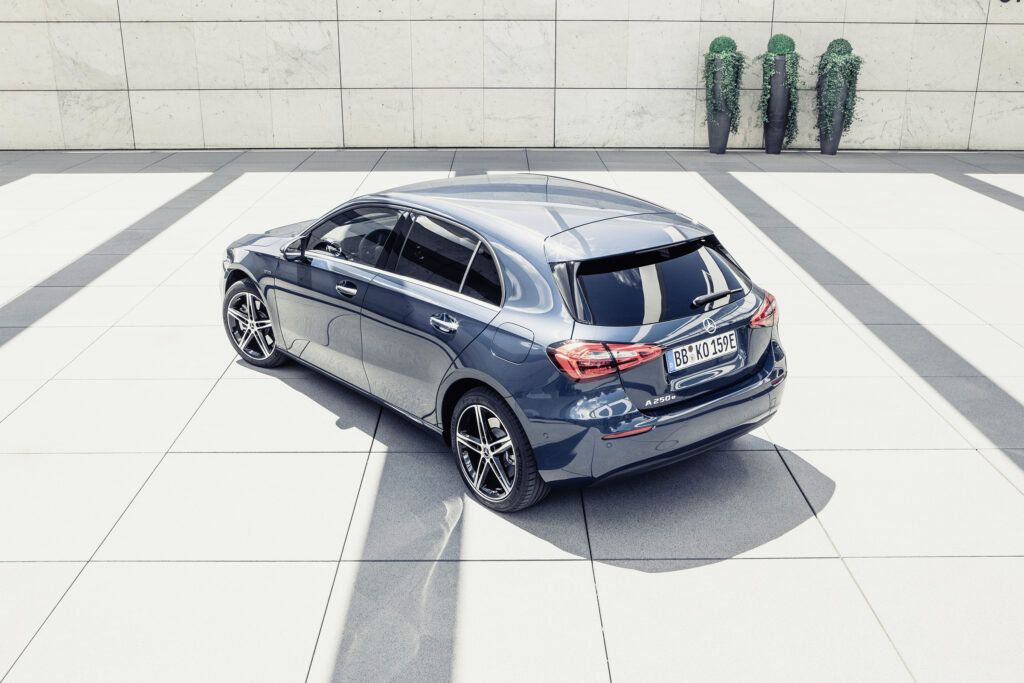
“As a city car, urban environment for the A-Class, it does make sense,” says spokesman Ryan Lewis. “It suits that daily commute but then has the internal combustion engine for weekends or longer trips.”
Benz says there has been increasing interest in its plug-in hybrids as electrification becomes more popular. Since going on sale in March 2020, the GLC300e plug-in has accounted for about 8 percent of overall GLC sales; that means Mercedes-Benz is selling around 30 GLC PHEVs a month in Australia.
With a lower price tag Mercedes-Benz is expecting big things with the A250e.
Based on the A-Class compact car – and available as a hatch or sedan – the A250e uses the smaller 1.3-litre four-cylinder turbo engine used in the A180 and A200; the engine produces 118kW and 250Nm.
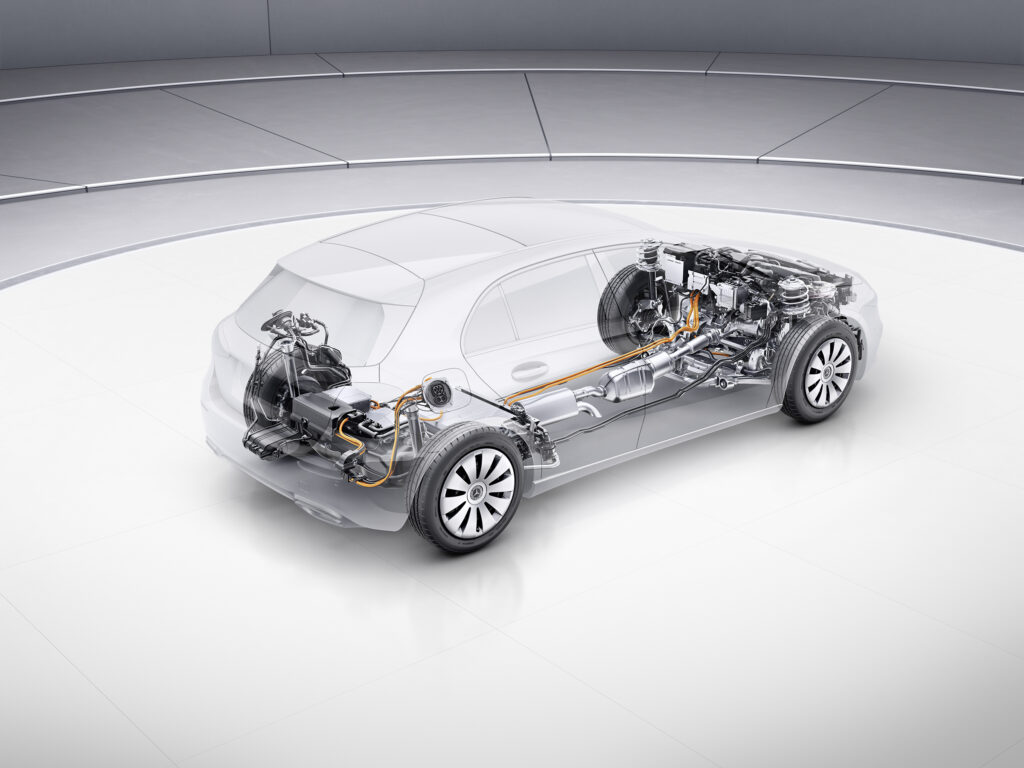
It’s paired to a 75kW/300Nm electric motor that can power the car on its own for up to 73km (or around 10 percent less using the stricter WLTP rating).
When running together, the petrol engine and electric motor can produce 160kW and 450Nm, all of it sent to the front wheels via an eight-speed automatic transmission.
There’s 150kg of lithium-ion batteries in the boot that can hold 15.6kWh of electricity. Requiring a higher boot floor they reduce luggage space by about 13 percent for the hatch and 17 percent for the sedan.
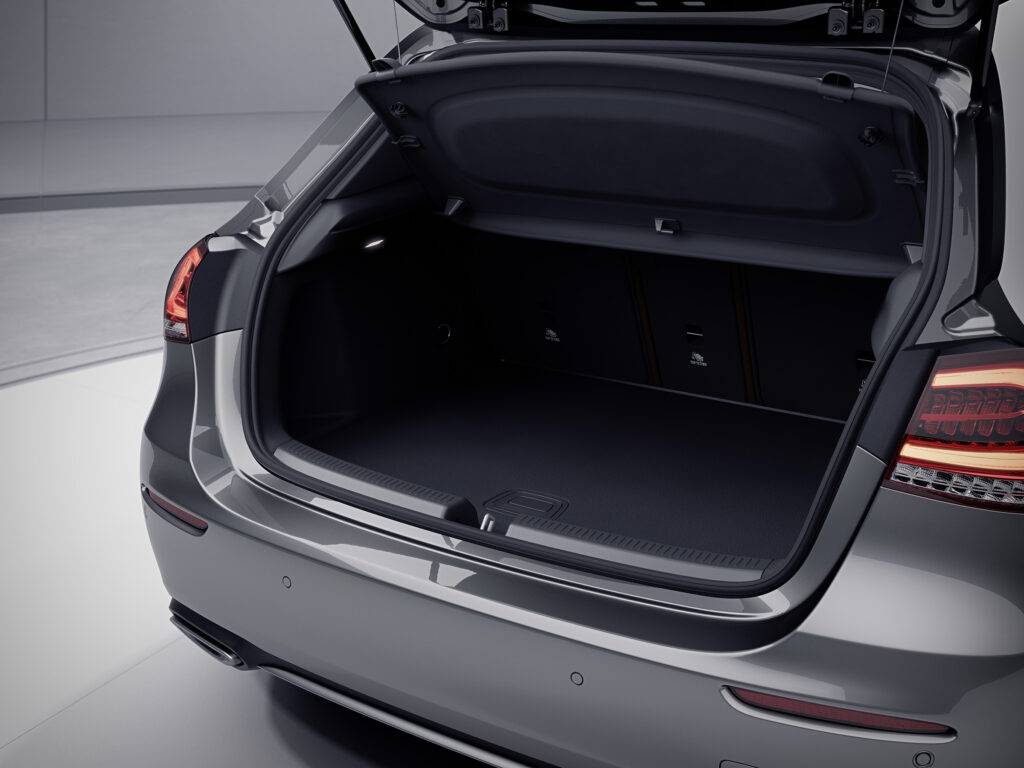
The battery can be charged via a Type 2 plug providing up to 3.7kW of electricity, so a full charge should take a bit less than five hours.
Those with less patience – or those wanting to take care of public charging stations offering free electricity – can pay $1490 for a fast charging pack that allows DC charging at up to 24kW, in turn reducing the charge time considerably; Benz says a charge from 10 to 80 percent capacity can be done in 25 minutes (our own calculations suggest it’s a little over 27 minutes, but who’s counting…).
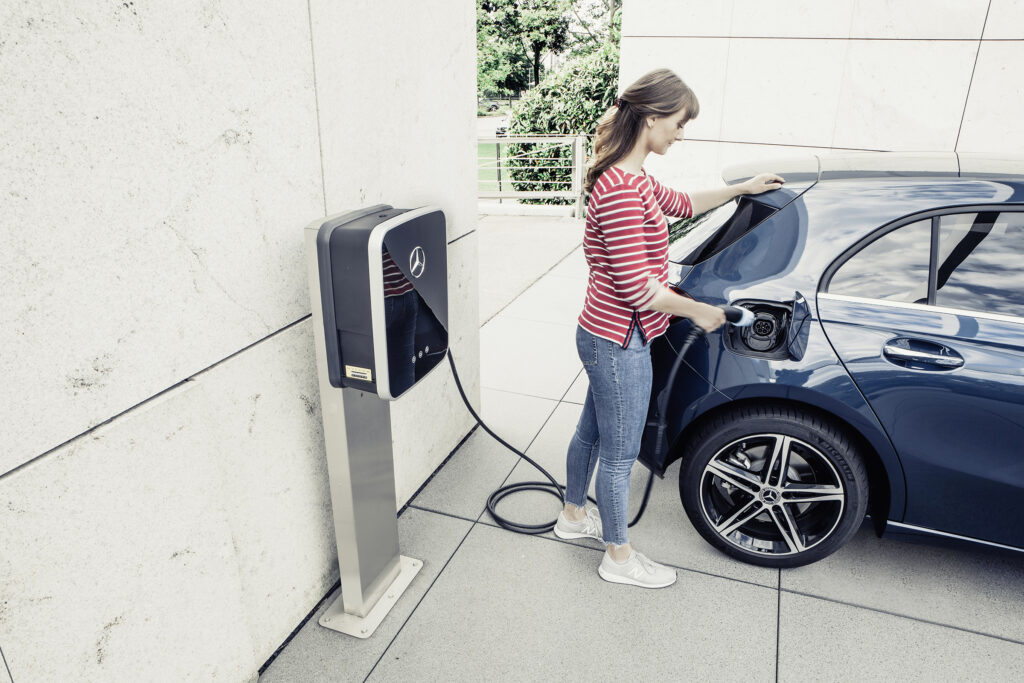
That fast charging pack also doubles the AC charge capacity to 7.4kW, lowering that home charging time to around 2.5 hours.
Despite being around 240kg heavier than an A250, the A250e’s official fuel consumption figure is far more attractive: 1.6 litres per 100km versus 6.4L/100km for the A250 sedan and 6.5L/100km for the A250 hatch.
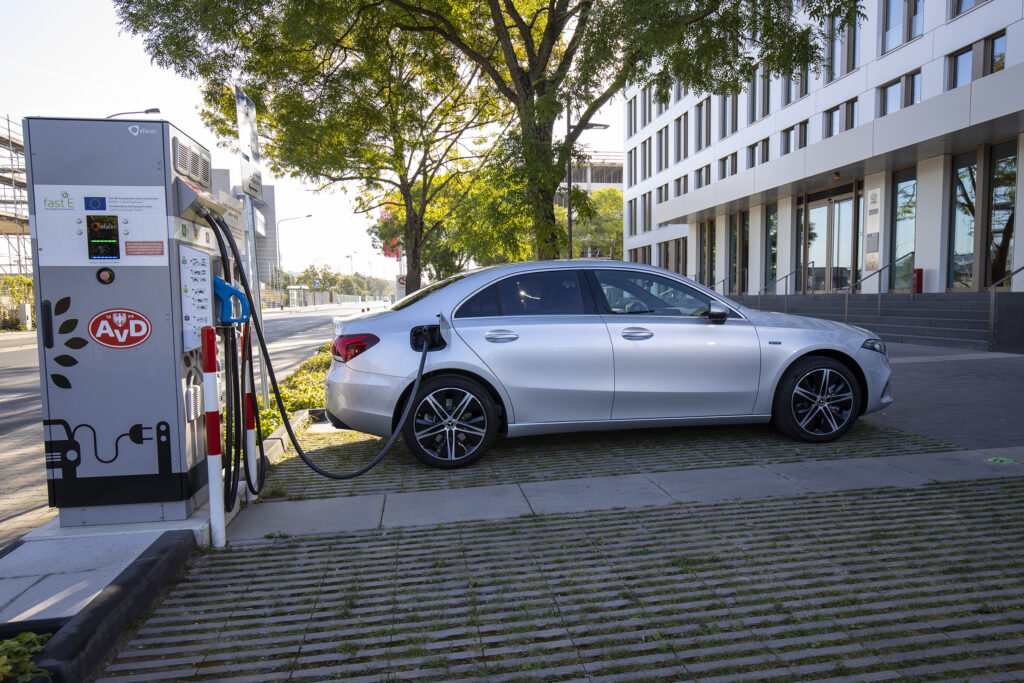
Like all PHEVs, though, it’s a largely irrelevant figure. When running on electricity alone the A250e will use no fuel, and once the engine is required full time it could potentially use more than the non-hybrid equivalent.
The additional PHEV kilos hurt performance. The claimed 0-100km/h time of the A250e PHEV is 6.6 seconds for the hatch and 6.7 seconds for the sedan (the A250 non-hybrid completes the same dash in 6.2 seconds).

The A250e hatchback and sedan are priced from $63,400 and $66,000 respectively, plus on-road costs.
Each shares its basic equipment level with the regular petrol-only A250, meaning the PHEV versions have a circa-$13K price premium.


